The Hairy cell leukemia is a very slowly progressing malignant disease of B-lymphocytes. It belongs to the so-called non-Hodgkin lymphomas. As a rule, this form of leukemia can be treated very well with the use of chemotherapy drugs.
What is hairy cell leukemia?

© zinkevych - stock.adobe.com
In hairy cell leukemia, degenerate B-lymphocytes are present, the uninhibited reproduction of which leads to the gradual destruction of the bone marrow. Normal stem cells of the bone marrow are thereby displaced. As a result, fewer blood-forming cells, which are composed of erythrocytes, leukocytes and thrombocytes, can be formed overall. Anemia and a weakened immune system develop.
Overall, hairy cell leukemia is very rare, with an average frequency of around three per million people. Men get sick four to five times more often than women. The disease usually occurs in middle age. With the exception of children, however, any age can be affected. Hairy cell leukemia starts from genetically modified B-lymphocytes.
The B-lymphocytes are a special form of leukocytes. They are responsible for the formation of antibodies as part of immune reactions. The malignant B-lymphocytes form fringe-like plasma processes that appear like hair. Due to this fact, the affected cells are called hair cells. Since the hair cells multiply in an uncontrolled manner, it is called hairy cell leukemia.
Hairy cell leukemia is one of the so-called non-Hodgkin lymphomas. This is a heterogeneous group of diseases characterized by the proliferation of lymphocytes. In contrast to Hodgkin's disease, these lymphomas do not form multinucleated Sternberg-Reed cells, which are characterized by the aggregation of several Hodgkin cells (degenerated lymphocytes).
In the case of hairy cell leukemia, it is a subgroup of B-cell non-Hodgkin lymphomas. Overall, hairy cell leukemia is a very slowly progressing disease that can be suppressed very well by treatment with chemotherapeutic agents. A normal life expectancy is achieved under therapy.
causes
The cause of hairy cell leukemia is largely unknown. It is suspected, among other things, that insecticides or herbicides could play a role. The influence of glyphosate, which is used in weed control, is also discussed.
In any case, mutations in the BRAF gene on chromosome 7 were detected. However, these are not congenital, but acquired somatic mutations that can arise as a result of the increased cell division rate of B lymphocytes and the action of mutagenic substances. The corresponding mutations can, however, also occur spontaneously.
Symptoms, ailments & signs
Classic hairy cell leukemia is characterized by a reduction in the number of all blood-forming cells (pancytopenia) as a result of the slow destruction of the bone marrow. This is noticeable through low concentrations of erythrocytes, leukocytes and platelets. The lack of erythrocytes (red blood cells) leads to anemia with tiredness, paleness and general weakness.
The low concentration of leukocytes (white blood cells) is also called leukopenia. It causes an increased susceptibility to infection because the white blood cells are the actual immune cells. Finally, the lack of platelets (thrombopenia) leads to an increased tendency to bleed.However, a strong increase in leukocytes is also observed in only 10 to 20 percent of those affected.
An enlarged spleen (splenomegaly) as well as an enlarged liver (hepatomegaly) can occur as further symptoms. In rarer cases, more severe symptoms such as vascular inflammation, bone changes and B-symptoms with fever, night sweats and weight loss appear. But there are also asymptomatic forms at the beginning of the disease process.
diagnosis
Blood tests are the best way to diagnose hairy cell leukemia. The typical hair cells are usually detected. In addition, concentrations of erythrocytes, leukocytes and platelets that are too low are usually found.
However, in a few patients the white blood cell counts are elevated. There are also more immature erythrocytes of different sizes. Usually all red blood cells are roughly the same size.
Complications
Hairy cell leukemia causes severe fatigue and general weakness in the patient. In most cases, the patient's resilience also decreases, so that certain daily activities and sporting activities can no longer be carried out easily. As a result, the quality of life decreases extremely and there are also psychological complaints and upsets.
The affected person is also susceptible to various inflammations and infections due to hairy cell leukemia and thus becomes ill more often. The bleeding tendency is also greatly increased, so that the affected person suffers from profuse bleeding even with minor injuries. In some cases, the bleeding can occur spontaneously and for no particular reason.
Hairy cell leukemia also makes everyday life more difficult for the patient. Weight loss and severe fever continue to occur. At night there is sweat and not infrequently shortness of breath. In the worst case, the patient can die of the symptoms of hairy cell leukemia if this disease is not treated.
Hairy cell leukemia is treated with the help of chemotherapy. In most cases, the disease progresses positively if the cancer is diagnosed at an early stage. Even after the treatment, the patient must undergo various examinations.
When should you go to the doctor?
Since hairy cell leukemia can lead to serious and even life-threatening symptoms, this disease should always be examined and treated by a doctor. As a rule, the doctor should be consulted if the person concerned suffers from permanent fatigue and fatigue.
This complaint cannot be compensated by getting enough sleep. General weakness also occurs, so that the resilience of the person affected by the hairy cell leukemia is considerably reduced. A doctor should also be consulted if the bleeding tendency is increased.
Those affected suffer from heavy bleeding, even with simple and small incisions, which does not stop easily. An increased susceptibility to infection can also indicate hairy cell leukemia. Inflammations and infections are more common. In addition, night sweats or severe weight loss suggest hairy cell leukemia and should also be examined. As a rule, the diagnosis can be made by a general practitioner or a pediatrician. Further treatment is then carried out by a specialist.
Doctors & therapists in your area
Treatment & Therapy
Hairy cell leukemia can be treated very well with chemotherapy. In over 90 percent of the cases there is a complete or at least partial remission of the diseased cells. So-called cytostatics based on purine analogs are used as chemotherapeutic agents. Cytostatics prevent cells from multiplying further. The purine analogs are incorporated into the DNA of the cell nucleus instead of purines. They thus prevent further cell division.
Before therapy with purine analogs, interferons are used to strengthen the immune system. Overall, this therapy can completely destroy the diseased cells and defeat the cancer. However, relapses can develop if not all cancer cells have been killed. Due to the slow growth, these recurrences can occur even after several years.
But the relapses can also be managed again with the help of chemotherapy. In the classic therapy, the patient used to receive a seven-day, 14-hour continuous infusion. Today the treatment lasts five days with a daily 2-hour infusion. As mentioned earlier, over 90 percent of patients respond to this treatment. More than 80 percent of those affected show no signs of a relapse even after five years.
In the special variant of hairy cell leukemia with an increase in the number of leukocytes, monoclonal antibodies are also administered in addition to the treatment with interferons and purine analogs. Here, too, the treatment is usually successful. In the past, the spleen was often removed with very good remission results. Due to the excellent prognosis with chemotherapy, a splenectomy is usually no longer performed today.
Outlook & forecast
The prospects after the diagnosis of hairy cell leukemia can be assessed as good. Several long-term studies have been carried out by scientists. According to this, 70 percent of all sick people can continue their lives normally after treatment. It is crucial for a positive outcome that people respond to the treatment.
The typical signs of hairy cell leukemia must permanently and not only partially subside. The hairy cell leukemia variant (HZL-V) must be distinguished from this. It does not respond to many therapies. If patients suffer from it, statistically speaking, a short lifetime must be assumed.
After the first illness and symptoms have completely subsided, it is important to diagnose relapses as quickly as possible. Since hairy cell leukemia is chronic, it can break out again and again. There is no usable data as to which time periods are associated with excessive risk. Rather, the disease never returns for many of those affected once the symptoms have subsided.
Blood and ultrasound tests should be done regularly. In the beginning, body samples should be examined every four weeks, later at least every six months. A close network of preventive care promotes complete reintegration into everyday life and minimizes the risk of falling ill again.
prevention
There are currently no recommendations for preventive measures against hairy cell leukemia.
Aftercare
In the case of hairy cell leukemia, in most cases the patient has no special follow-up options, as the disease cannot be treated completely. Lifelong therapy can be used, although the life expectancy of the patient is very much reduced by this disease. In general, an early diagnosis of hairy cell leukemia always has a positive effect on the further course of the disease, so that early detection is the main focus of this disease.
The treatment itself is usually done with the help of various drugs. The patient should always pay attention to the correct dosage and regular intake. Regular and ongoing checks by a doctor are also very important in order to properly control the symptoms of the disease.
Even after the symptoms have subsided, regular examinations should be carried out by a doctor. Those affected need the help and loving care and support of family and close friends in the fight against cancer caused by hairy cell leukemia. This can also alleviate depression or other mental disorders. Contact with other patients often has a positive effect on the course of hairy cell leukemia.
You can do that yourself
Diagnosed hairy cell leukemia is not a self-treatment disorder. Therapy should be accompanied by an oncologist. In this case, the first choice is usually chemotherapy. Since this is not without side effects, those affected can, however, take a few measures to alleviate the accompanying symptoms and improve the chances of recovery.
Basically, the immune system should be strengthened, as the body is susceptible to infectious diseases during cancer. A well-functioning immune system requires a balanced diet rich in vital substances with plenty of fresh fruit and vegetables as well as sufficient fluid intake in the form of still mineral water or unsweetened herbal teas.
These also balance the acid-base balance. Existing acidification - as most people in the western world have - would promote the inflammatory processes in the body. In addition, exercise - preferably in the fresh air - stimulates the metabolism and lymph flow. This makes it easier for the body to detoxify and reduce stress.
Stress reduction should also be considered: small breaks and mindfulness exercises can be incorporated very well into the daily routine. Sufficient sleep also has a stabilizing effect on the immune system.
Temporary micronutrient therapy in the form of dietary supplements can also be helpful in order to continue to support the body. These supply the body with important minerals and increase the body's defenses. Treatment with acupuncture or acupressure can help against symptoms such as nausea and vomiting.

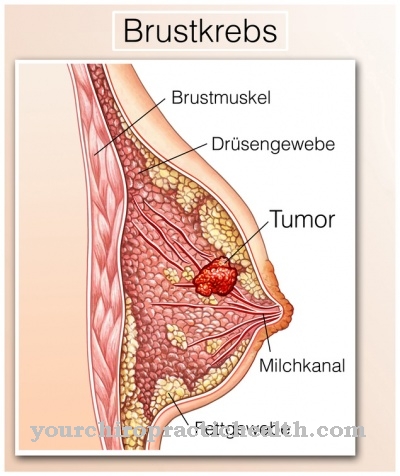

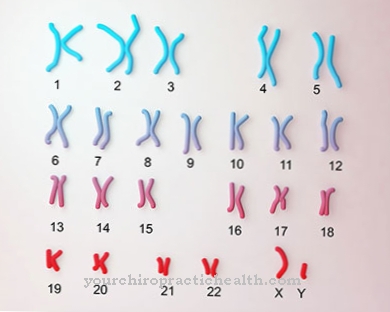
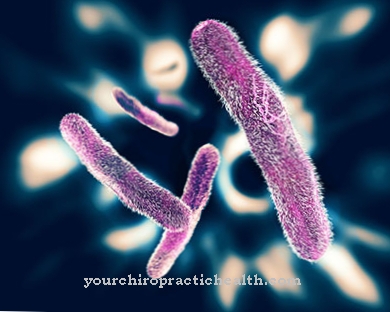
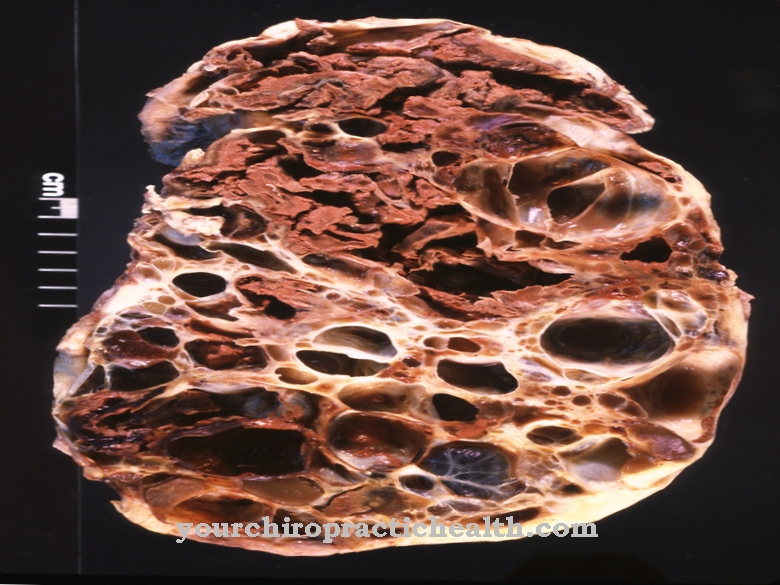
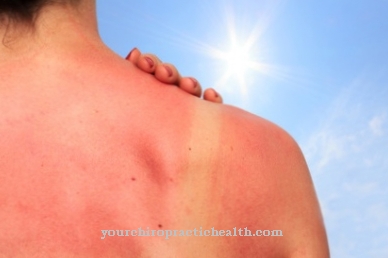

















.jpg)



